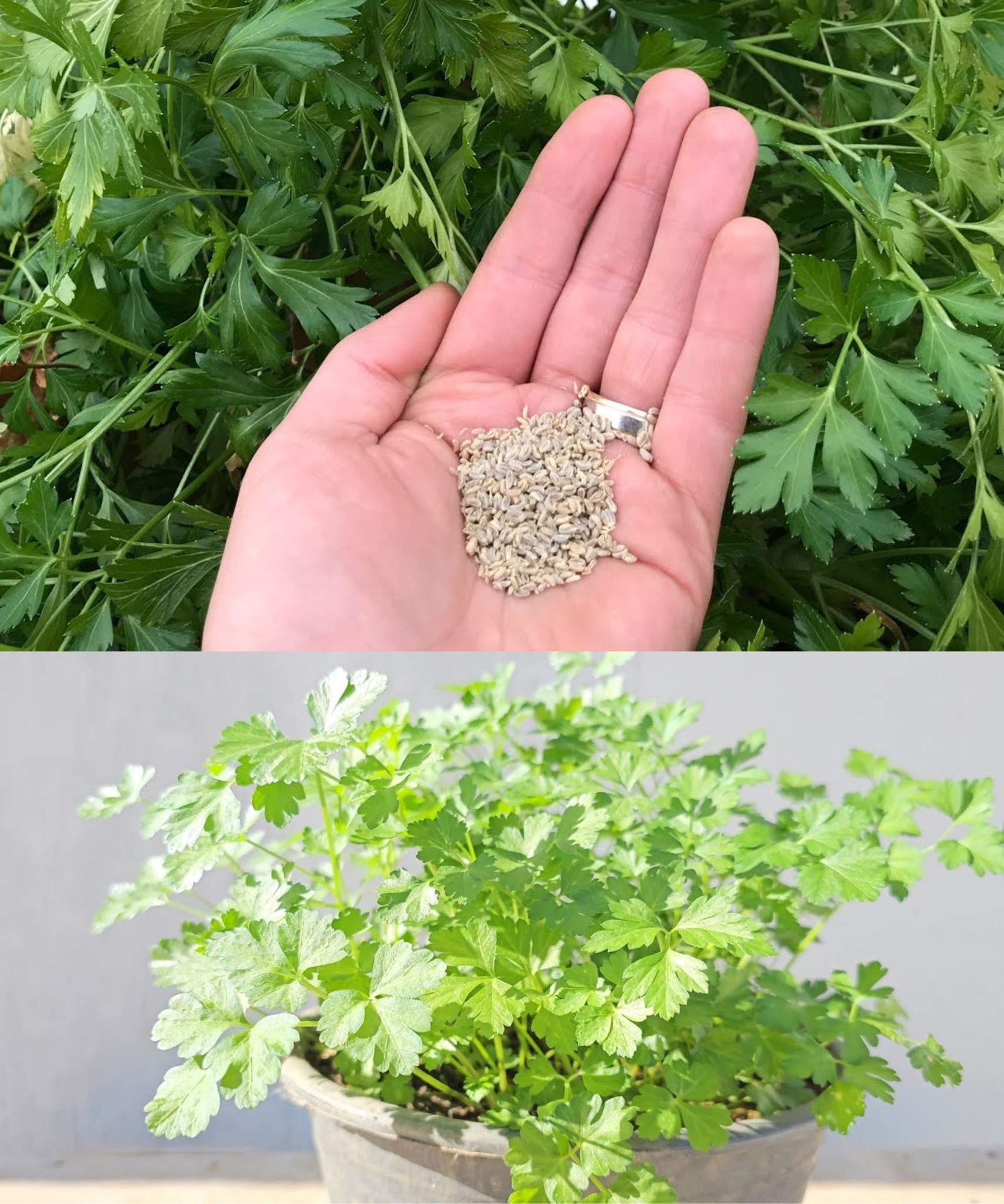
Are you interested in learning the secrets of cultivating parsley effortlessly and successfully in the comfort of your home? Discover the ultimate method to yield an abundant harvest of this versatile herb.
Parsley: The Culinary Essential Parsley is a ubiquitous aromatic herb in culinary endeavors, enhancing the flavor of countless dishes, from appetizers to main courses. Its versatility extends to creating savory sautés and accompanying fish or meat-based recipes. Growing parsley at home is a straightforward process, making it an ideal addition to your balcony, terrace, or garden. However, the depth and quality of your chosen pot are crucial factors for success in parsley cultivation.
In this article, we unveil the optimal approach to cultivate parsley directly at home, ensuring a continuous supply of this aromatic herb. Read on to discover all the steps necessary for a thriving parsley harvest.
Ensuring Abundant Parsley Growth To start your parsley cultivation journey, the first step is acquiring a sufficiently large pot that accommodates the plant’s deep roots. Terracotta, stone, or plastic pots are all suitable, with plastic being the preferred choice due to its ability to prevent water stagnation through the addition of drainage holes.
The next essential step is selecting the right soil for sowing. A well-fertilized soil with a pH range of 6 to 8, sandy texture, and good drainage capabilities is ideal for parsley. Vermicompost, derived from earthworm humus, is an excellent organic fertilizer for this purpose. Alternatively, you can find specialized fertilizers in gardening shops. Once you’ve filled the pot with soil, scatter a couple of handfuls of parsley seeds, readily available at gardening stores, evenly across the surface.
After seeding, cover them with at least 2 centimeters of soil. Now, let’s explore the optimal conditions for your parsley plant’s growth to ensure a thriving harvest.
Cultivating Parsley: Tips for Abundance Parsley thrives when exposed to direct sunlight for a minimum of 5 to 6 hours each day. Place your pot in a slightly shaded area on your balcony or garden, particularly during intense heat to protect the seedlings. Keep in mind that direct sun exposure should be introduced only after the plant has matured. During its early stages, the seedlings require ample light without direct sunlight.
Consistent moisture is crucial for parsley. Regular watering is essential, especially during the initial growth phase. About 30-40 days after sowing, you’ll witness substantial growth if you’ve followed these steps meticulously. Parsley adapts well to temperate climates and can even thrive on a windowsill. Cultivating parsley at home year-round has never been easier, thanks to these practical guidelines.